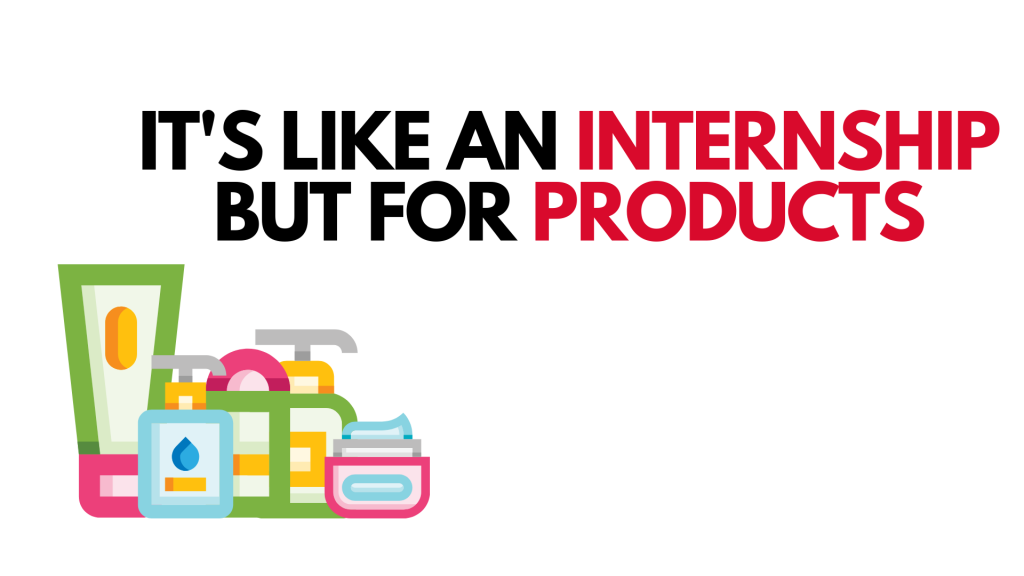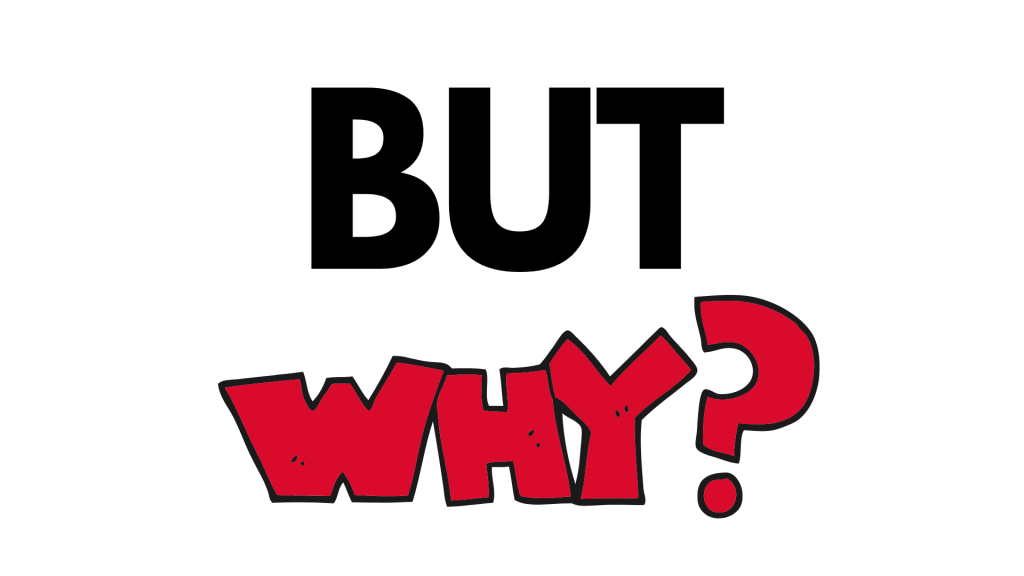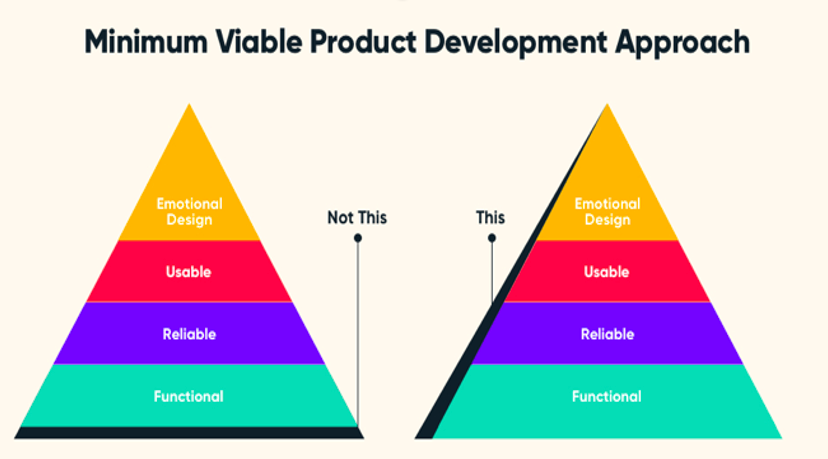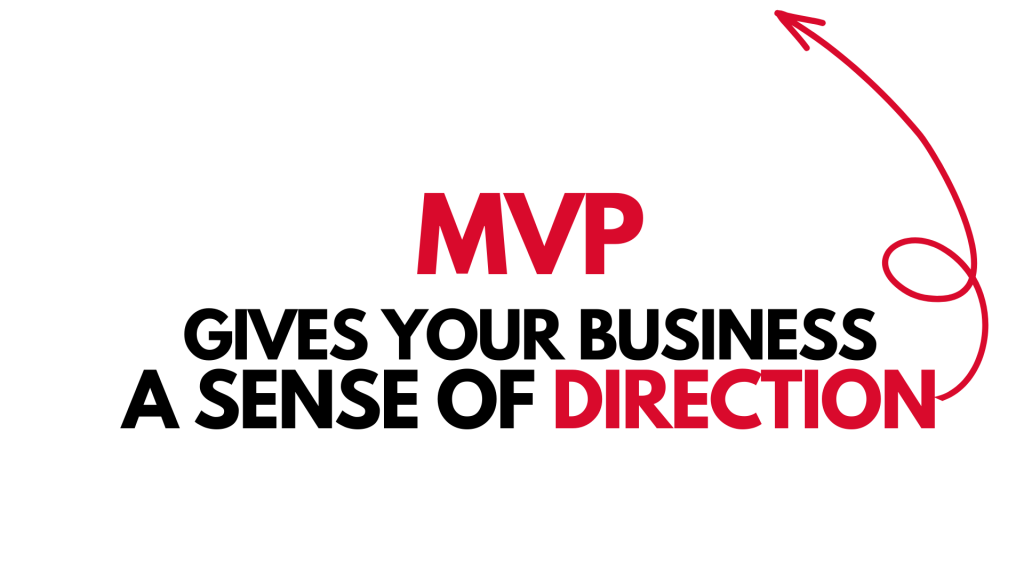MVP is like an internship – being able to get the taste of the job without completely indulging in the job. The job here is the marketplace, and an internship is your chance to analyze and be aware of how things go around. In simple terms, an MVP is a version of a product that has just enough features for early consumers to use and provide feedback for future product development.

Think of it this way, you have a product idea but are not quite sure if the product will work in the market or not. So, without doing extensive market research, you take your product and sit with it on the side of the road in Ratna Park. Then, you try to sell your product there and analyze the need and want of the product in the market. The way people react and receive your product will give you an idea of whether or not your product will work. This is a great way to test your business idea and a great way to define MVP.
Anyone feature or product-oriented trait is not the key to a successful Minimum Viable Product. In truth, a successful Minimum Viable Product is rarely excellent. So, in this article, let us know what makes a great minimum viable product.
The Purpose Of A Minimum Viable Product (MVP)

MVP is just what it sounds – the simplest version of your product that you can test your marketplace with. MVPs are an excellent method to obtain a sense of the market you want to penetrate. It’s not the goal of a Minimum Viable Product to design something and then test it to see whether it works. Instead, the purpose of an MVP is to test that hypothesis as soon as possible to learn more about the eventual route your product should go to be successful in the market.
You can check to see if there’s a market for your product before investing time and money in developing something no one wants. Nine out of ten startups fail, with 42% of those failures due to a lack of demand for their product.
A typical MVP approach follows, obtaining a competitive edge by entering the market early and allowing for early user testing of the concept to determine whether the solution can effectively answer their problems and work efficiently to create a fully functional product that incorporates customer input and recommendations.
A minimum viable product must follow a simple framework of being reliable.

The goal of creating an MVP is to swiftly launch a product based on a proven concept on a limited budget. We utilize an MVP because it’s nearly hard to actually determine what will make a quality product and whether that product will fit into the market in reality. Markets are just too organic and volatile for this to be done predictably.
This method enables a company to acquire consumer feedback for the initial product and incorporate it into subsequent versions. One can locate a suitable audience, pull ideas based on experience, and save time with the help of an MVP.
What Makes A Minimum Viable Product (MVP) Great?
How do you plan an MVP? A relatively simple yet complicated question. MVP – building a product with the most minimal amount of work. A good MVP satisfies the marketplace need without requiring the development of a complete product, and yet many startups fail to create a good MVP for their brand.
Brands and companies often misinterpret and think that the ‘minimum’ in MVP means being lazy or not caring enough, which is why they fail. On the contrary, an MVP means just that – the minimum product of your actual product that works. The problem here is that a ‘minimum’ product can occasionally fall short of being ‘viable,’ and viability is just as vital to a good MVP. The term ‘viable’ refers to the product’s ability to be used.
A good MVP is a working, usable product that gives the synopsis of that final product. Building a bare minimum of a product to ask for feedback will get you nowhere. So here is a quick list of what to do coming from Michael Seibel – managing director at Y Combinator and co-founder of Justin.tv/Twitch and Socialcam.
The goal of a pre-launch startup
Here is a list of goals for the pre-launch of a startup:
- Launch your MVP quickly
- Get initial customers
- Talk to customers and get feedback
- Keep iterating and improving your product
It is a relatively straightforward role and rule. When you launch something fast, you get to cover more market space, especially in the case of throwing something terrible quickly. The quicker you know something is not going to work, the more damage control you can do.
Then, it becomes crucial that you identify and get your initial customers to try your products – after all, you are making it for them.
What is more important is that you need to talk to your customers and get their feedback. Feedback is the key to developing more practical and better products.
Never falling in love with your product is the first rule of making a product. The more you fall in love with your product, the fewer flaws you see in it, and feedback turns into criticism. You need to take in this feedback and keep on changing and iterating your product even after you have launched it and have become a billion-dollar company – never stop improving.
Common Traits Of An Amazing Minimum Viable Product (MVP)
Here is a list of common traits of an amazing minimum viable product (MVP):
- Focused on usability
- Is small in scale, fast, and cheap
- Focused on building the core – one idea only
- Allows market validation
- Is budget-friendly
- Something that does not create a negative impression in the market when you present half-baked products in the market
- Yields valuable lessons about what users and markets actually want
- Something quick to change and quick to adapt
MVP is special as it makes your brand special. Famous brands such as Airbnb, Zappos, Twitch, Spotify, and many more have had amazing MVPs that have helped them grow and become billion-dollar companies. Zappos can be taken as one of the most fantastic examples – building a simple website and contacting a shoe store, adding listings and images of shoes, and when someone ordered them, buying the shoes from the store and sending it to the customer. The MVP here is the website. Without much hassle and too much capital, a product was ready in no time.

MVP is important more than what your final product will be as it gives you and your business a sense of direction.
Conclusion
MVPs empower startups to dream big. But, in addition, it helps companies to discover and go hand in hand with their customers. After all, wouldn’t a product be exceptional and in demand if the people targeted for the products would give you first-hand experiences and feedback?
The journey of developing a minimum viable product is not as intimidating as it sounds. Instead, it is the first step towards building a fantastic company that caters to the needs and wants of its consumers.
